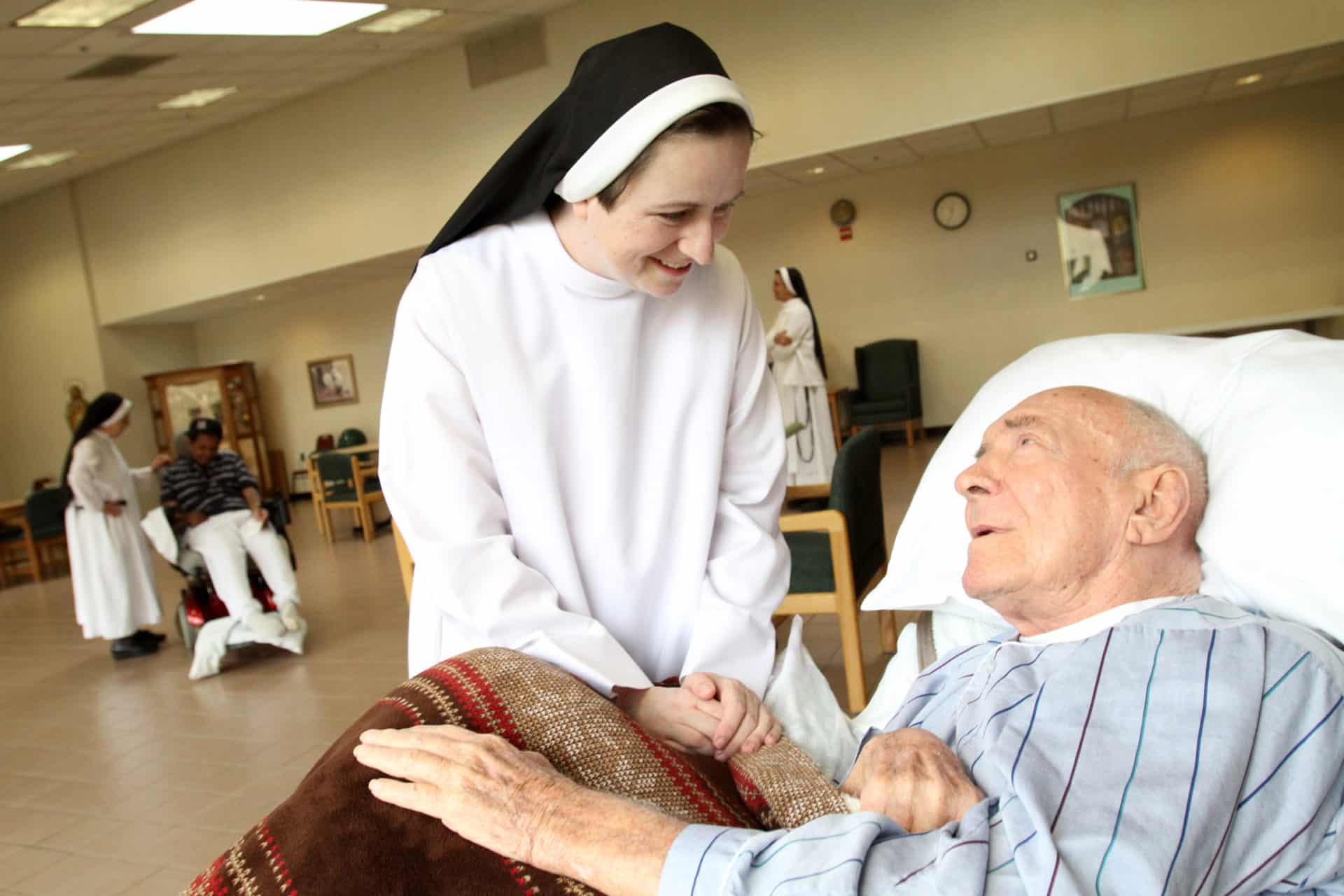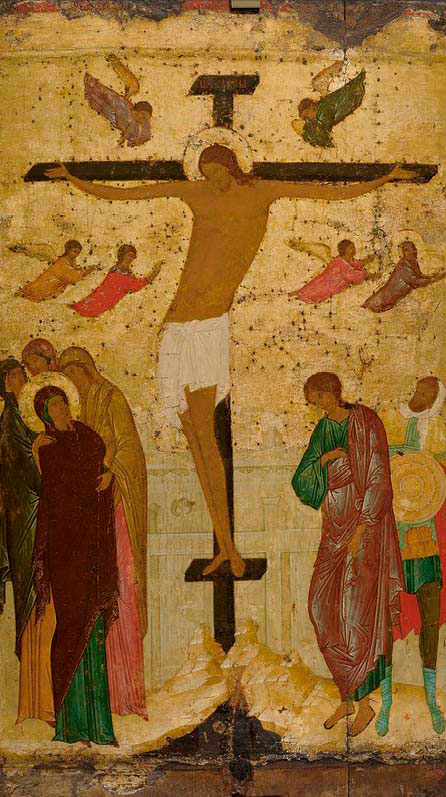
Question for Fr Flader: I am a palliative care specialist in a hospital and am happy to spend a lot of time with my patients and their families. Some of my colleagues criticise me and tell me to work more quickly. Do you have any advice for me?
Your work in palliative care is vital for the well-being of suffering and dying persons and, apart from being an expression of Christian charity, it is an important way to stave off the request for euthanasia. The recent Letter Samaritanus bonus of the Vatican’s Congregation for the Doctrine of the Faith on the care of persons in the terminal phase of life answers your question in a beautiful way. It was approved by Pope Francis and released on 22 September 2020.

The Letter mentions the example of the Good Samaritan, who not only draws near to the man he finds half dead but takes responsibility for him. Similarly, “Every individual who cares for the sick (physician, nurse, relative, volunteer, pastor) has the moral responsibility to apprehend the fundamental and inalienable good that is the human person… At work here is a contemplative gaze that beholds in one’s own existence and that of others a unique and unrepeatable wonder, received and welcomed as a gift. This is the gaze of the one who does not pretend to take possession of the reality of life but welcomes it as it is, with its difficulties and sufferings, and, guided by faith, finds in illness the readiness to abandon oneself to the Lord of life who is manifest therein” (n. I).

The Letter goes on to consider the suffering of Christ on the Cross, who experienced scorn, abandonment, physical pain and anguish: “Christ’s experience resonates with the sick who are often seen as a burden to society; their questions are not understood; they often undergo forms of affective desertion and the loss of connection with others” (n. II). In these circumstances the genuine care of those looking after them is vital: “Every sick person has the need not only to be heard, but to understand that their interlocutor ‘knows’ what it means to feel alone, neglected, and tormented by the prospect of physical pain. Added to this is the suffering caused when society equates their value as persons to their quality of life and makes them feel like a burden to others” (ibid.).
In the face of terminal illness and the pain associated with it, “one must necessarily know how to speak a word of comfort drawn from the compassion of Jesus on the Cross. It is full of hope – a sincere hope, like Christ’s on the Cross, capable of facing the moment of trial and the challenge of death” (ibid.). Those who remain beside the sick, dying person “not only betoken but also embody affections, connections, along with a profound readiness to love. In all this, the suffering person can discern the human gaze that lends meaning to the time of illness. For, in the experience of being loved, all of life finds its justification” (ibid.).

The Letter goes on to stress the importance of truly “remaining”, with love and compassion, beside the dying person: “While essential and invaluable, palliative care in itself is not enough unless there is someone who ‘remains’ at the bedside of the sick to bear witness to their unique and unrepeatable value.
time spent with the sick and dying is invaluable
For the believer, to look upon the Crucified means to trust in the compassionate love of God… Nearby the Cross there are also the functionaries of the Roman state, there are the curious, there are the distracted, there are the indifferent and the resentful: they are at the Cross, but they do not ‘remain’ with the Crucified. In intensive care units or centres for chronic illness care, one can be present merely as a functionary, or as someone who ‘remains’ with the sick.

“The experience of the Cross enables us to be present to the suffering person as a genuine interlocutor with whom to speak a word or express a thought, or entrust the anguish and fear one feels. To those who care for the sick, the scene of the Cross provides a way of understanding that even when it seems that there is nothing more to do there remains much to do, because ‘remaining’ by the side of the sick is a sign of love and of the hope that it contains” (ibid.).
So yes, your time spent with the sick and dying is invaluable. You are truly “remaining” with them, comforting them, showing them the love of Christ, giving them hope.
Related Stories:
